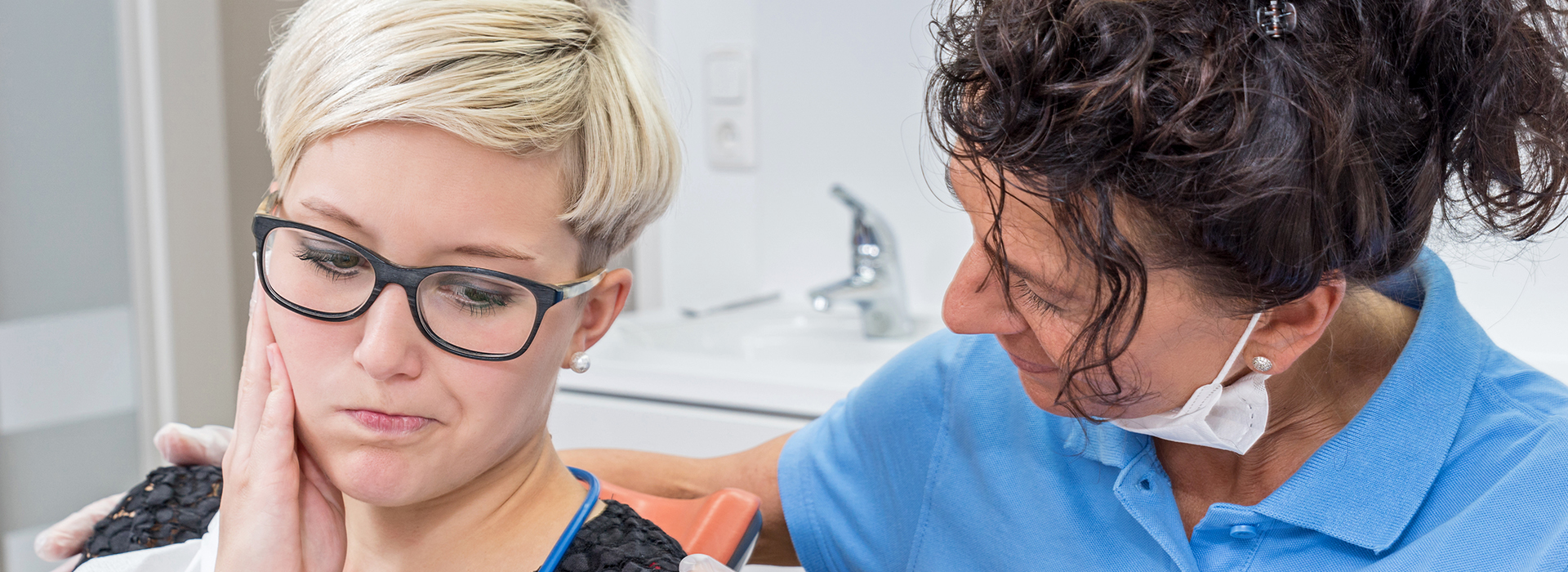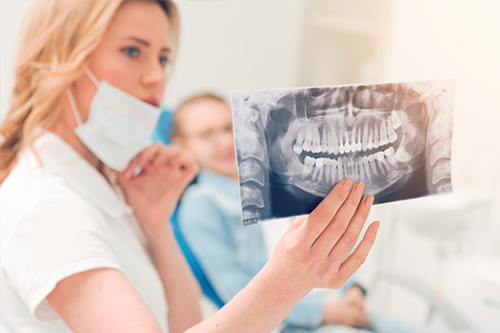How to Tell When a Tooth Problem Is an Emergency
Not every ache or dental concern requires immediate intervention, but some signs should prompt you to seek care right away. Intense, persistent pain that wakes you from sleep, visible trauma to a tooth or the jaw, uncontrolled bleeding in the mouth, and sudden facial swelling are common indicators of an urgent situation. These symptoms can signal infections, fractures, or injuries that worsen quickly without prompt attention.
Other red flags include a tooth that has been completely knocked out, a tooth that feels loose after an injury, or a crown or large filling that has broken away and left the inner tissue exposed. Younger children and older adults may be less able to communicate the severity of pain, so any sudden change in eating, sleeping, or behavior after an oral injury should be treated as potentially serious.
Understanding the difference between discomfort you can monitor and a true emergency helps protect your smile and overall health. Ignoring an escalating dental issue can lead to more invasive treatment later on, such as root canal therapy or extraction, so erring on the side of caution is wise when symptoms are severe or rapidly progressing.
When in doubt, contact our office in Garden City, NY for guidance. A quick assessment by a dental professional can clarify whether immediate care is needed and what steps to take while you travel to the office.
What Happens During an Emergency Dental Visit
When you arrive for urgent dental care, our first objective is to identify the source of pain or the cause of the problem. The clinical team will perform a focused exam of the mouth, take any necessary X-rays, and review your recent medical and dental history to understand factors that may affect treatment. This initial evaluation helps prioritize interventions that relieve pain and prevent complications.
Pain control is typically addressed early in the visit. Depending on the situation, we may provide local anesthesia, recommend short-term medication, or gently irrigate and clean an injury site to reduce discomfort and the risk of infection. The staff will also explain the findings and outline treatment options, so you know what to expect next.
Some emergencies can be resolved in a single appointment — for example, smoothing a sharp edge, re-cementing a dislodged crown, or placing a temporary restoration. More complex situations may require staged care: an immediate procedure to stabilize the issue followed by a scheduled appointment for definitive treatment such as a root canal, crown, or surgical repair.
Throughout the visit, patient comfort and clear communication are priorities. Our team will provide home-care instructions and signs to watch for after treatment, so you can manage recovery safely and know when to return for follow-up care.
Common Emergency Treatments and Why They Matter
Emergency dental care focuses on relieving pain, controlling infection, and preserving natural teeth whenever possible. Treatment modalities vary according to the diagnosis. For a toothache caused by deep decay or a damaged pulp, root canal therapy can remove infected tissue and save the tooth. For fractured teeth, bonding or crowns restore form and function while protecting vulnerable structures.
When a restoration fails — a filling or crown comes loose — we can often reattach or repair it to prevent exposure of the inner tooth and reduce the chance of infection. In cases of severe infection or swelling, drainage and antibiotics may be necessary to control the spread and protect systemic health. Prompt management of oral infections is essential because untreated infections can progress quickly and affect adjacent tissues.
Traumatic injuries require a different focus: replanting or stabilizing a knocked-out tooth, splinting loosened teeth, and repairing lacerations to the soft tissues of the mouth. Early intervention after trauma significantly improves the likelihood of saving teeth and minimizing long-term cosmetic and functional consequences.
When a tooth cannot be saved, extraction may be the safest option. Removing a problematic tooth can resolve pain and infection and set the stage for future restorative choices, such as dental implants or bridges, to restore chewing function and appearance.
Immediate Steps You Can Take at Home
While nothing replaces professional care, a few practical measures can help manage pain and reduce risks before your appointment. For a knocked-out tooth, handle it by the crown (not the root), gently rinse debris with water, and attempt to place it back in the socket if possible. If reinsertion is not feasible, store the tooth in milk or a tooth-preservation solution and seek care immediately.
For swelling and pain, applying a cold compress externally can reduce inflammation, while over-the-counter analgesics may offer temporary relief. Avoid placing aspirin directly on an aching tooth or the gums, as this can cause tissue damage. For a broken restoration that has created a sharp edge, use dental wax or sugarless chewing gum to cover the area and prevent soft tissue injury until you can be seen.
Do not attempt to self-treat severe infections, persistent bleeding, or injuries that involve the jawbone — these require professional attention. If you experience fever, difficulty breathing or swallowing, or rapidly spreading swelling, seek emergency medical or dental care immediately, as these signs may indicate a serious systemic problem.
Documenting the incident with photos and noting when symptoms began can be helpful for your dental provider. Bring any dislodged tooth fragments or dental restorations you saved to the appointment so the team can evaluate options for repair or replacement.
How Our Practice Handles Emergency Care with Calm Efficiency
At Callahan Family Dentistry, we structure our schedule and protocols to accommodate urgent needs, because dental problems can arise any time. Our clinicians combine clinical experience with modern diagnostic tools to reach an accurate diagnosis quickly and recommend evidence-based treatments tailored to each patient’s health history and goals.
We emphasize compassionate care that reduces anxiety while delivering effective treatment. This includes using techniques and materials that minimize discomfort and speed recovery. Communication is important: we make time to explain findings, discuss reasonable treatment pathways, and answer questions so patients feel informed and confident about next steps.
Coordination is also part of our approach. When a case requires specialty care or follow-up procedures, we outline the plan and collaborate with trusted specialists as needed, ensuring continuity and convenience for patients throughout the treatment process.
Whether you are a long-time patient or visiting us for the first time, our goal is to restore comfort and protect oral health quickly and responsibly. We serve families in Garden City, NY and the surrounding communities with urgent dental care that prioritizes safety and outcomes.
In summary, dental emergencies demand prompt, thoughtful attention to relieve pain, control infection, and preserve oral function. If you or a family member experiences a sudden dental problem, contact our office to determine the best course of action and arrange timely care. Please contact us for more information.







